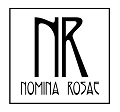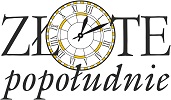Barocco-Rococo
Recreations of 17th–18th-century garments.
In the 17th century garment forms changed, but the lavishness was still one of the features of the clothing of the most wealthy members of society At the beginning of the century the Eurpean markets were flooded with printed cotton textiles and silks from India and China. The decorations were taken over by lacework, worn equally keenly by both men and women. Men’s fashion was very refined. In the second half of the century, gentlemen wore an over-jacket, almost knee-long called ‘justaucorps’ in French. The characteristic feature became the long curled-hair wigs. In the 1670s justaucorps was replaced by the frock, worn before that by the English as a non-formal, country-side attire. In the 18th century women’s fashion was dominated by open-front dresses worn over skirts, hold-up by a frame widening the sides. Women also wore extravagantly composed wigs, decorated with garlands of flowers or bunches of feathers. In the end of 18th century simplicity was being endorsed in styles and colors of garments. In the 1780s the ‘chemise’ dress, a light muslin garment with a sash tied at the waist.





